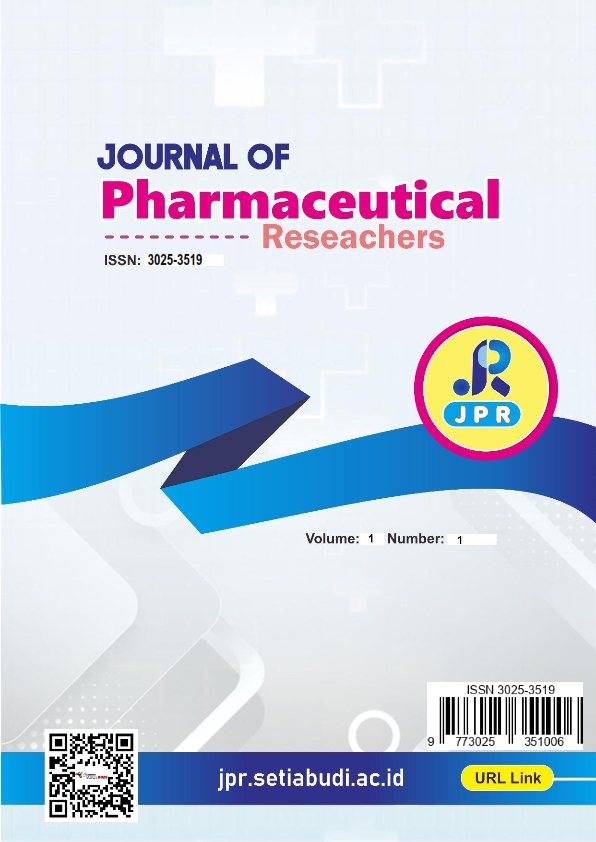Abstract
Antidiabetic drugs are used in the long term and have the potential for side effects or Adverse Drug Reaction (ADR), but how their prevalence and probability have not been widely studied. The purpose of this study was to determine the incidence rate of ADR, especially glibenclamide, metformin and insulin in primary care and how the probability is.
The type of research is an observational, descriptive non-analytic study, prospective data collection using questionnaires that have been tested for validity and reality. The number of samples used in this study was 120 respondents. The data were analyzed univariately by percentage of ADR events, and probability analysis was performed using the Naranjo algorithm.
The results showed that as many as 46 (38.3%) respondents experienced ADR. The types of ADR events in the form of nausea, drowsiness, dizziness, weakness, and tremor were 32.6%, 30.4%, 17.4%, 15.2%, and 3.3%. Glibenclamide causes manifestations of tremor, weakness, nausea, drowsiness in the categories of probable, doubtful, probable, probable. The use of metformin manifestations in the form of weakness, nausea, drowsiness, and dizziness in the categories of doubtful, possible, probable, and probable. The combination of Glibenclamide and Metformin manifests in the form of weakness, nausea, drowsiness, and dizziness in the categories of possible, probable, probable, and probable. Insulin manifestations in the form of weakness in the probable category.
